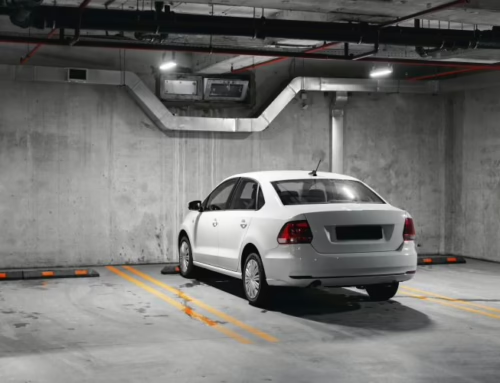“Pre-trial release” occurs when someone arrested for a crime is released from jail while his/her trial is pending. While issues relating to pre-trial release can sometimes be difficult to understand, it is critical that those charged with a crime know their rights when it comes to when they can be released from custody. Please know that once a person is arrested, there are usually two main ways in which that person might be released from jail – via a personal recognizance release or by posting bail. In either case, the court will impose additional conditions of conduct while on pre-trial release.
What is Personal Recognizance Release?
Personal recognizance release is also referred to as “PR release.” This occurs when a defendant is released from custody without any need to post bail. “Bail” refers to an amount of money that an accused sometimes must pay to the court to be released from jail.
With personal recognizance release, defendants are generally released from custody either:
- based upon their promise to appear for any future court appearances, or
- in connection with a pre-trial release program.
Per RCW 10.21.015, a “pre-trial release program” is:
“any program in superior, district, or municipal court, either run directly by a county or city, or by a private or public entity…whose custody an offender is released prior to trial and which agrees to supervise the offender.”
“Supervision” under this statute may include, but is not limited to:
- work release,
- day monitoring,
- electronic monitoring, or
- participation in a 24/7 sobriety program.
What is bail?
As noted above, “bail” is an amount of money that a defendant must pay as a condition of his/her release from custody. The specific amount of bail that an accused must pay will vary from crime to crime. Most Washington counties have preset bail schedules that apply to misdemeanor offenses. As to felonies, a judge will typically inform a defendant of his/her bail amount during the arraignment. The amount of bail will depend on the seriousness of the charge(s), the defendant’s criminal and personal history, the defendant’s support from family and the community, as well as individualized factors that arise in every case.
There are basically three main ways a defendant can post bail. These are by means of:
- a cash bond,
- a surety bond, or
- a property bond.
A cash bond is typically used when the amount of bail is low. Here, the defendant pays the court the bail amount directly out of his/her own funds (or has a co-signer pay the amount). The amount paid is eventually returned to the defendant if he/she appears for all scheduled court dates.
A surety bond applies when an accused cannot afford a cash bond and hires a bail bond company to guarantee bail payment to the court. The cost of a surety bond is usually 8-10 percent of the total amount of bail owed. The bail bond company then posts a bond with the court and is responsible for payment of the bail amount if the defendant does not appear as directed. The amount a defendant pays to a bond company is nonrefundable.
With a property bond, an accused allows the court to place a lien on his/her property. If the defendant fails to appear for a court date, the court is then authorized to institute foreclosure proceedings against the party. While the bond is available under Washington law, it is rarely used.
Conditions of Release
Whether the court releases someone on personal recognizance or sets a bail, the court will also impose conditions of release that will require certain conduct while on pre-trial release. Courts may impose conditions of release such as a prohibition on additional criminal conduct, a prohibition on leaving the state, and a requirement of abstinence from drugs and/or alcohol. Courts can also impose no-contact orders with alleged crime victims. They almost always do so in cases involving violent crime, sexual assault, and domestic violence.
How Long Does an Accused Have to Stay in Jail Prior to PR Release or Bail?
There is not one over-arching answer to this question. The total amount of time will vary depending on:
- The time it takes to book and process an accused,
- Whether someone is arrested on probable cause or is already charged with a crime at the time of arrest,
- The court’s schedule,
- Whether a defendant is granted a PR release or must post bail (PR releases usually means a faster release than when bail is imposed),
- Whether a defendant posts a cash bond or surety bond (cash bonds usually mean a faster release), and
- The severity of the crime charged.
Contract Black & Askerov for Help
Pre-trial release is an initial part of the criminal process that requires the help of an experienced criminal defense attorney. It is crucial that people accused of a crime get released from custody as soon as the law says it is possible, and on the most favorable terms possible. The attorneys at our firm have over 30 years of combined experience assisting people seeking release from jail. They recognize the importance of presenting a strong case for release on a tight timeline and know how to do it right. Do yourself a favor and contact them now to get the legal help that makes all the difference.





